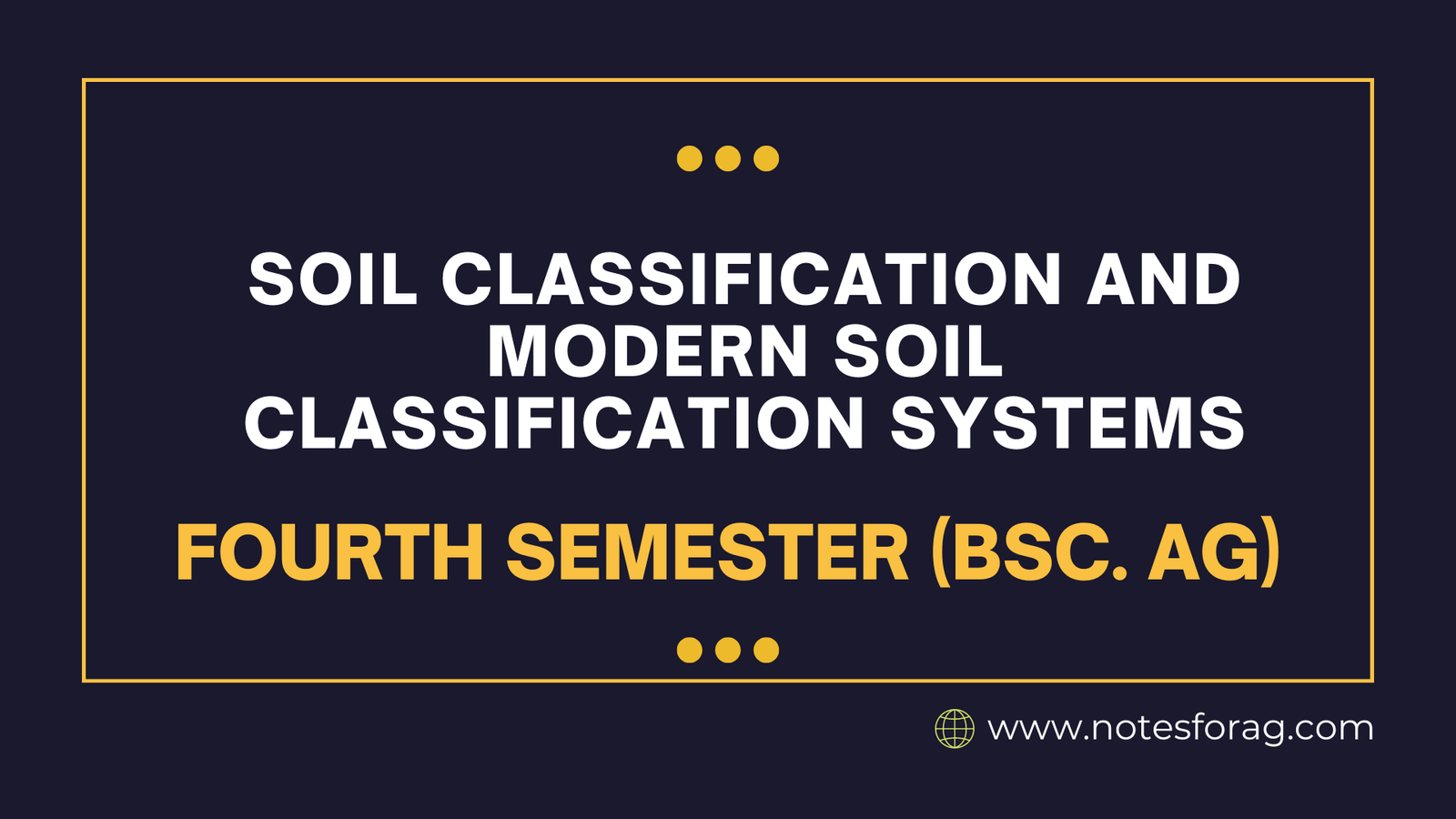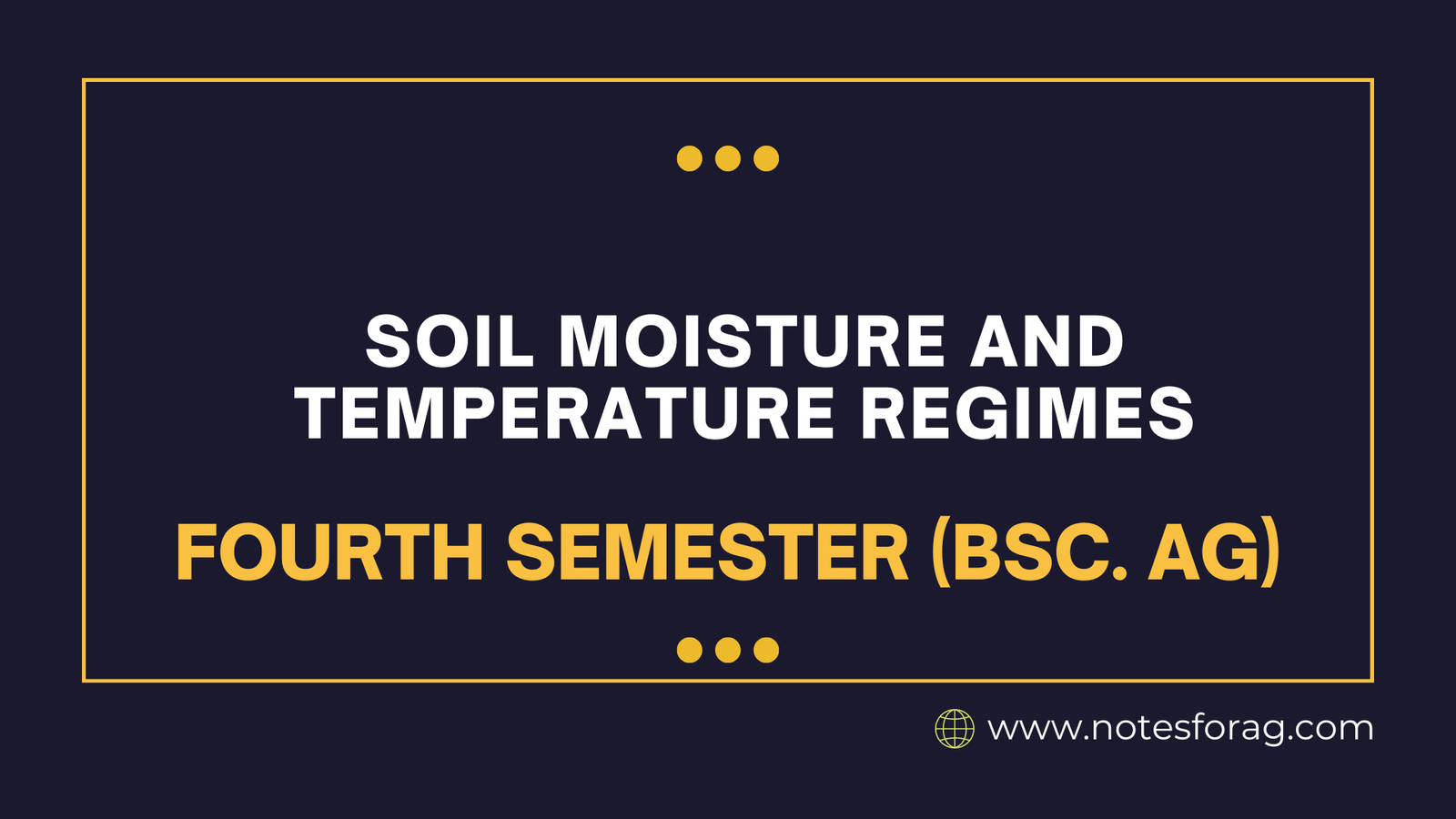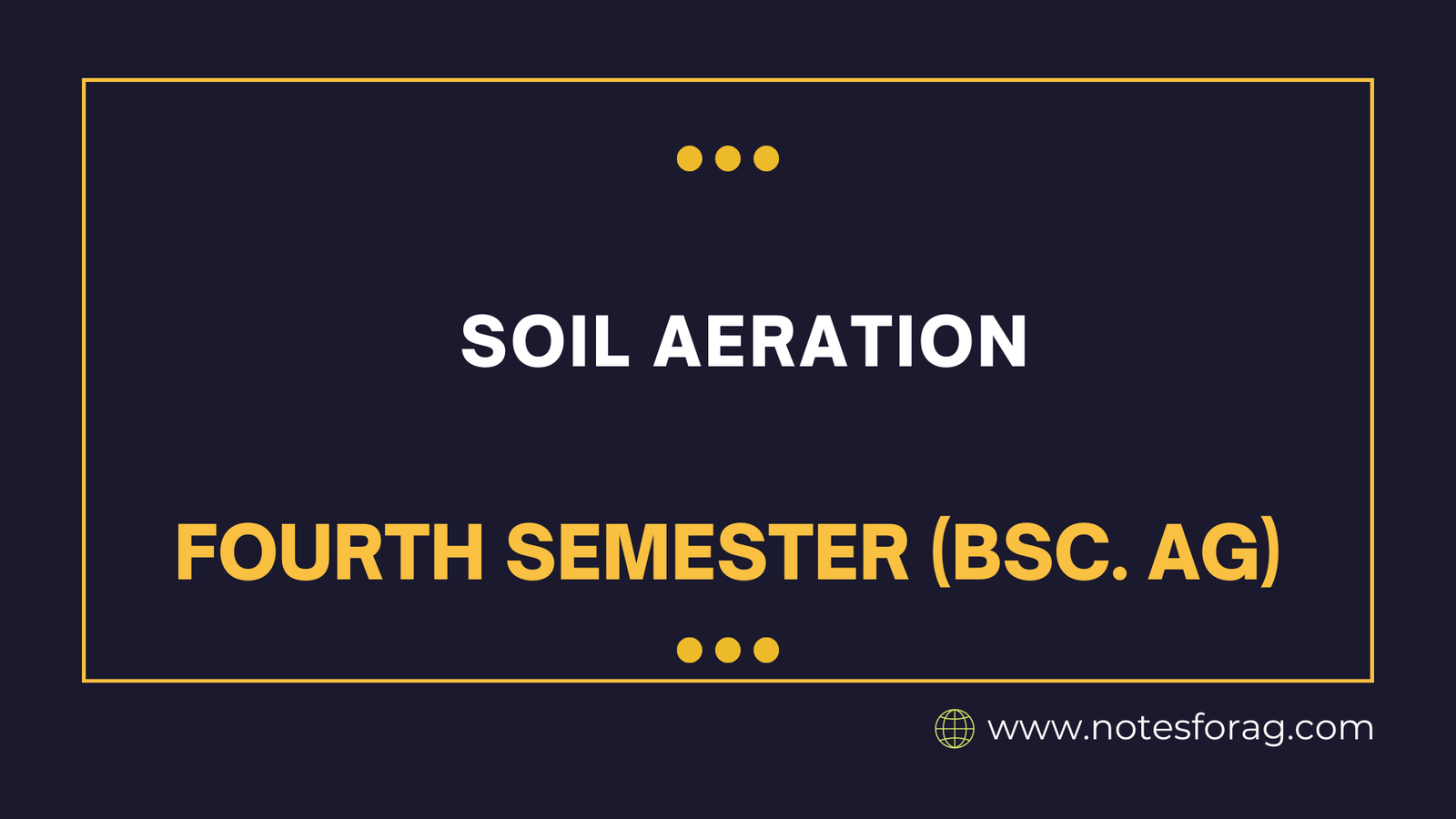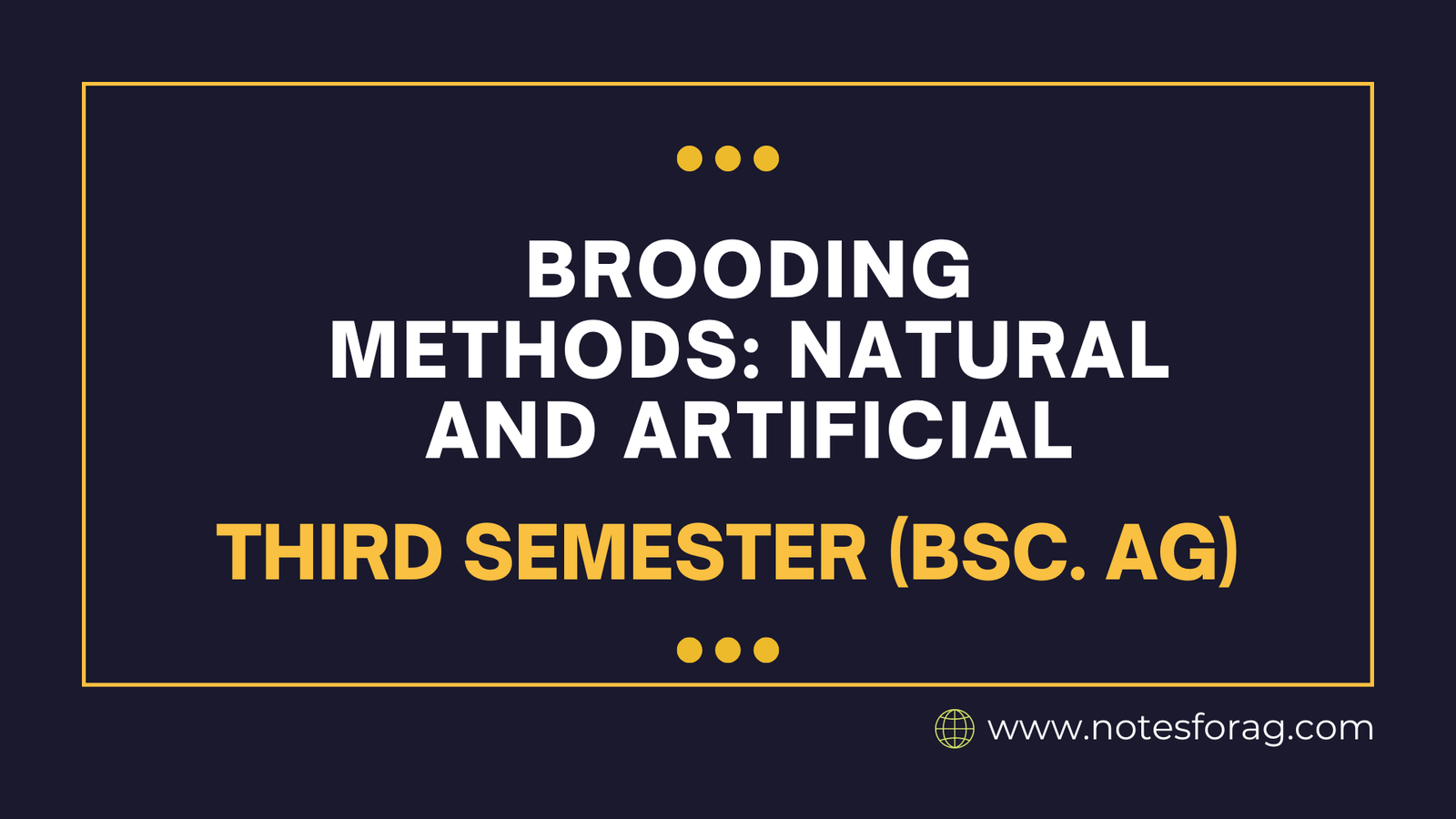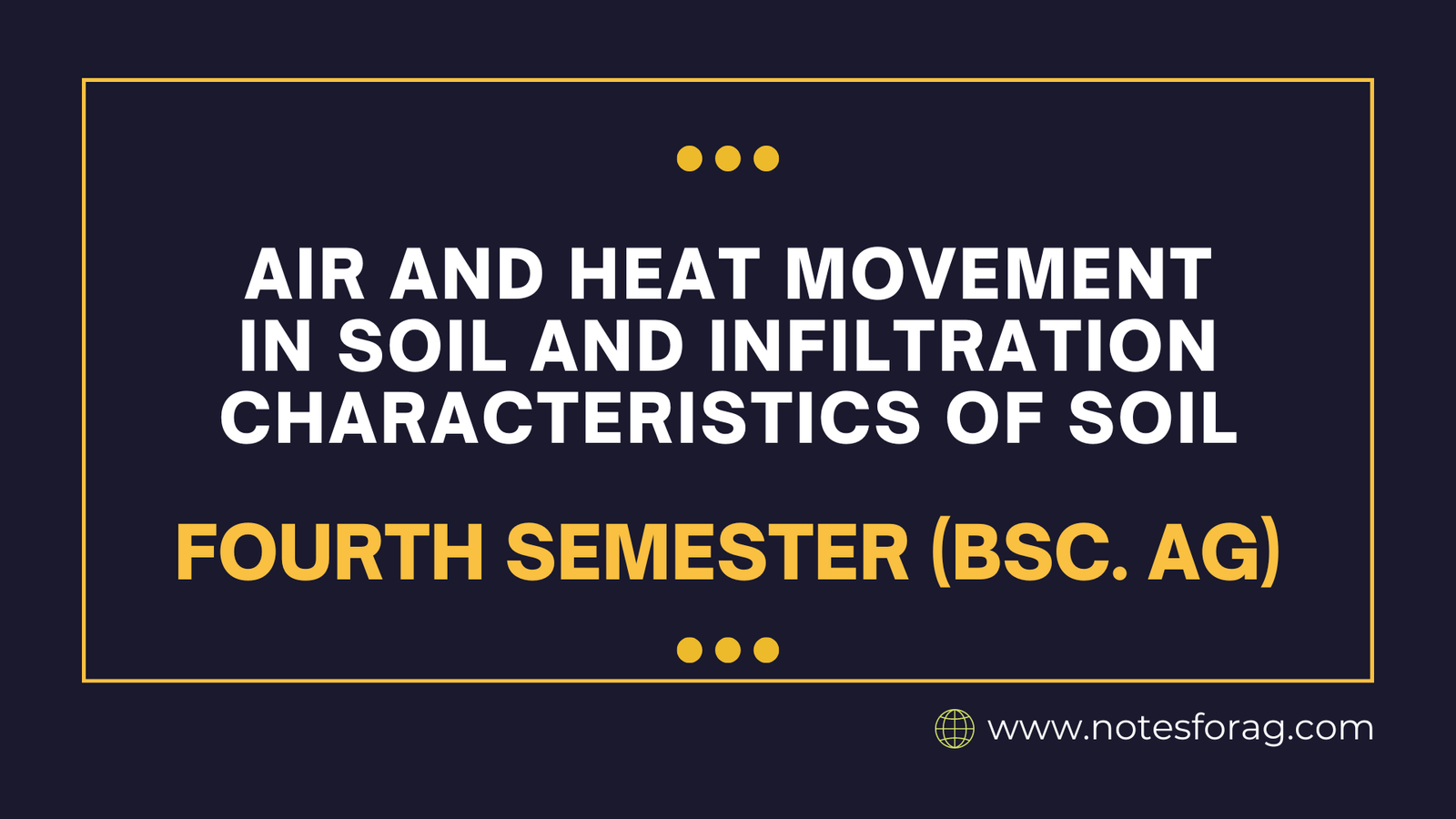Aquaculture: Fish Characteristics and Benefits
Fish are aquatic animals that live in a variety of settings, including freshwater and saltwater. Aquaculture is the process of breeding, raising, and harvesting fish and other aquatic creatures in controlled environments. A fishery is a sector or site where fish are captured, processed, and sold. It includes both wild capture and aquaculture activities. Together, … Read more


